The Neighborhood Leadership Council is an initiative of the Muncie Action Plan that brings together neighborhood association leaders from across the city of Muncie to share best practices, take advantage of educational opportunities, and connect with local resources and area non-profits. The group meets on the third Tuesday of each month on the third floor of the E.B. and Bertha C. Ball Center (400 W. Minnetrista Pkwy) at 6:00 p.m. Everyone is welcome to attend.
Updated list of neighborhood leaders for 2025
Let’s Celebrate!
Can you believe it’s already April?! Our regularly scheduled monthly meeting is Tuesday, April 15th from 6-7 p.m. at the E.B. Ball Center on Minnetrista Parkway. We’ll see you on the third floor for the presentation, “Why Neighborhoods Matter.”
And remember, if you’re a 2025-2026 CenterPoint Scholar, we’ll see you at 5:00!
Thanks to funding provided by CenterPoint Energy Foundation, we have developed a training schedule for our Neighborhood Leadership Council / CenterPoint Scholar meetings that we hope will help build everyone’s leadership capacity. Here’s what you can look forward to over the next 12 months!
| Tuesday, April 15 6-7 PM The Importance of Neighborhoods | Tuesday, October 14 6-7 PM CenterPoint Scholar Project Pitch |
| Tuesday, May 20 6-7 PM Effective Communication – Listening with your Eyes | Tuesday, November 18 6-7 PM Celebrating Lessons Learned |
| Tuesday, June 17 6-7 PM How to Fund your Association’s Work | Tuesday, January 20 6-7 PM Recruitment |
| Tuesday, July 15 7-9 PM Neighborhoods Pool Party @ Tuhey | Tuesday, February 17 6-7 PM Stakeholder Meet and Greet & CenterPoint Scholar Presentations |
| Tuesday, August 19 6-7 PM Conflict Management | IDEA Conference – March 7 9 AM – 3 PM |
| Tuesday, September 16 6-7 PM Resident Listening |
Come hungry! We always provide dinner at the start of the training.
Have time for a quick survey?
Mitch Isaacs, Executive Director of Shafer Leadership Academy is reaching out on behalf of the Muncie Youth Leadership Program. One of their student teams is working on a project about the Unity Bridge—aimed at raising awareness and celebrating it as a symbol of connection.
They’ve created a short survey to gather community input about updating the Unity Bridge and would love your help sharing it through your neighborhood networks.
The project is supported by Muncie Arts, 8–12 / Habitat, and Councilwoman Ro Selvey, who has also spoken to the mayor. The students plan to share results at the May City Council meeting.
Thanks for supporting these young leaders!
&
A group of Ball State students is collecting community input on climate change. Please take a few minutes to fill out their survey and share with your networks. Your help is greatly appreciated!
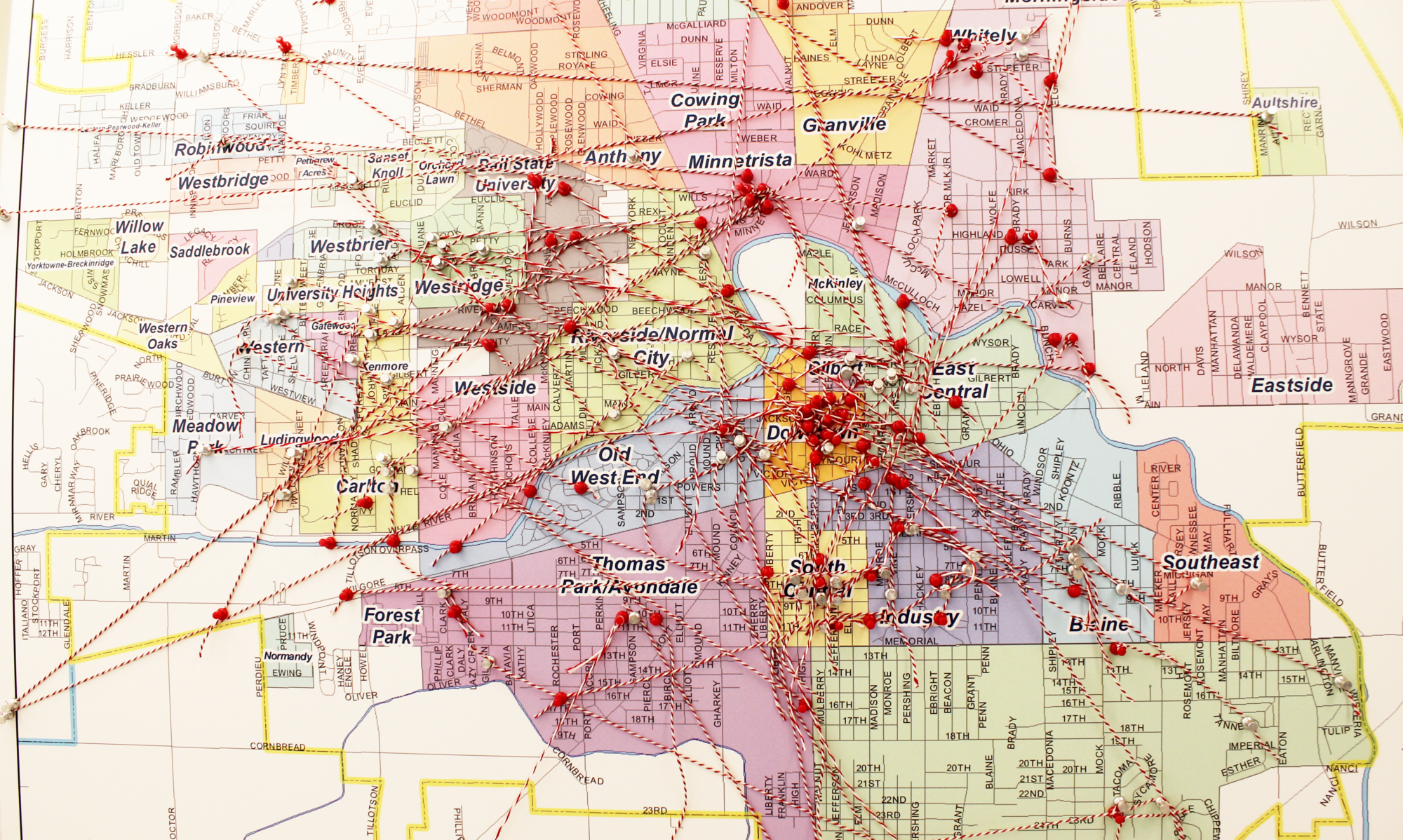
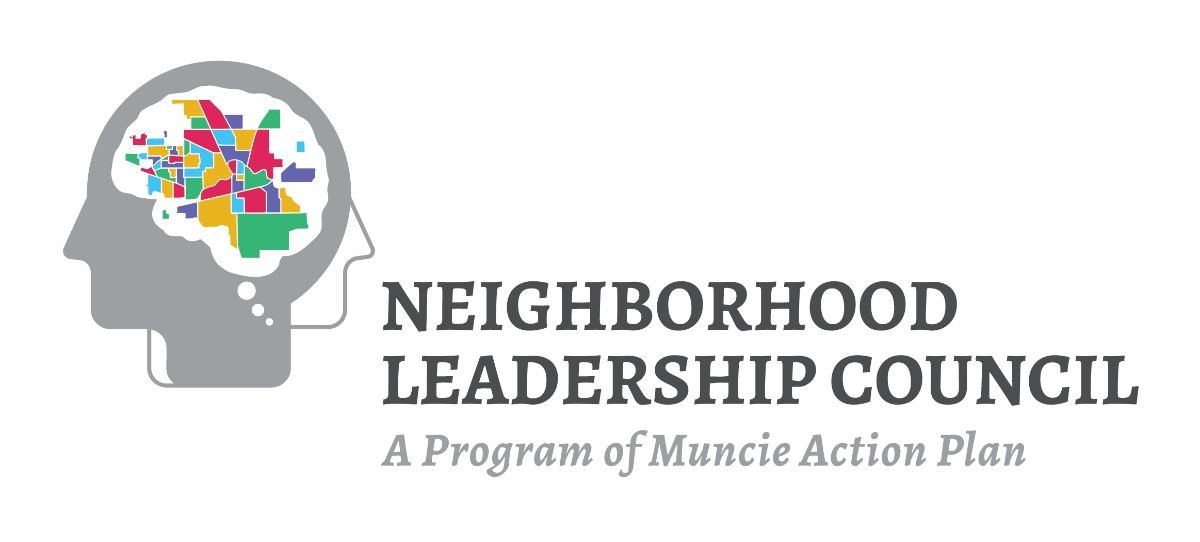
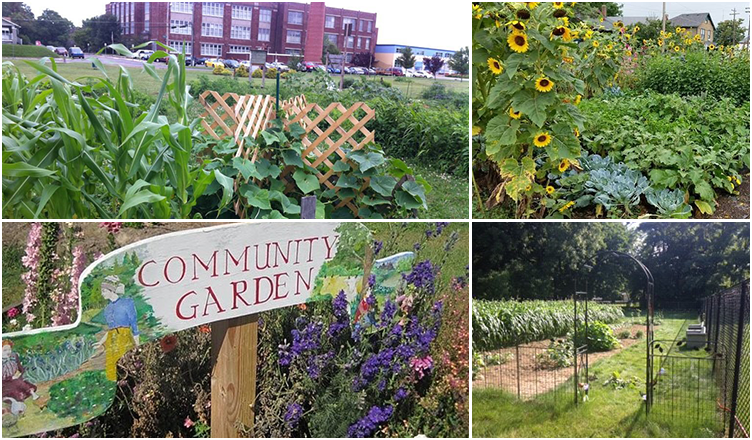
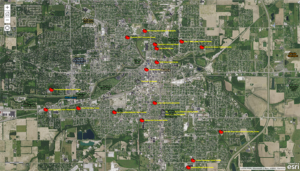
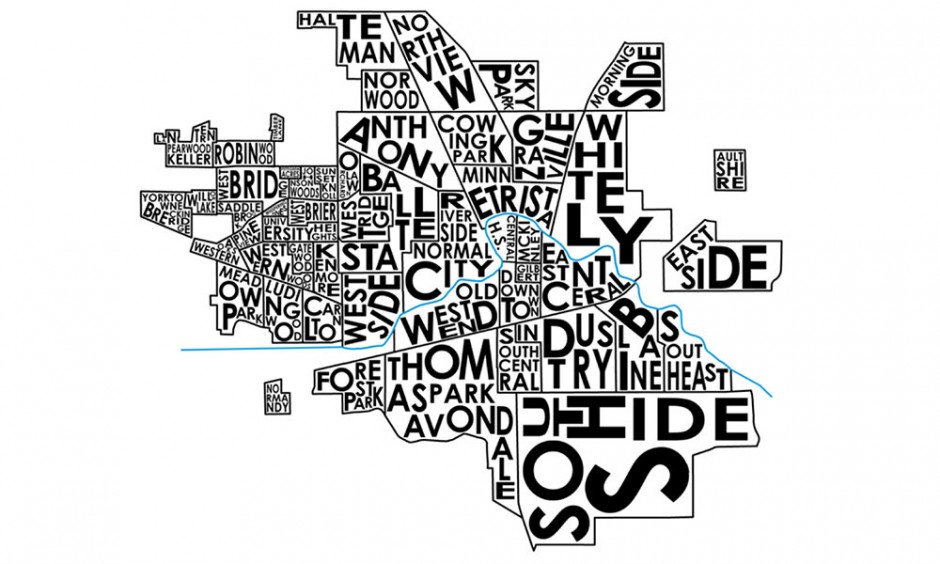
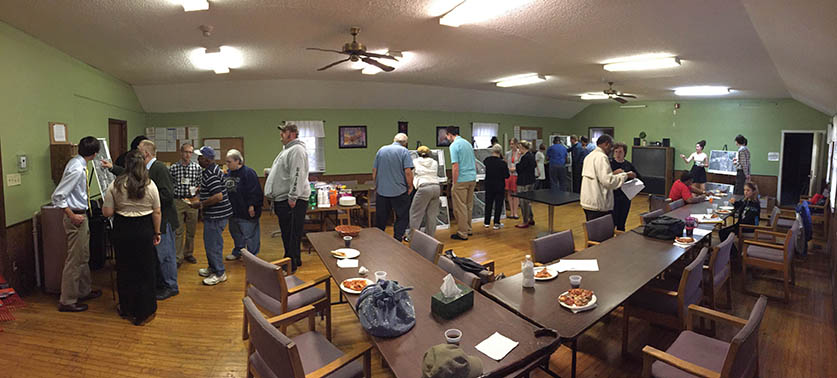
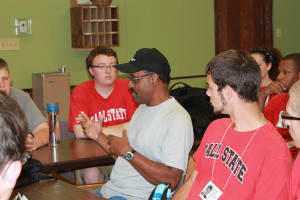

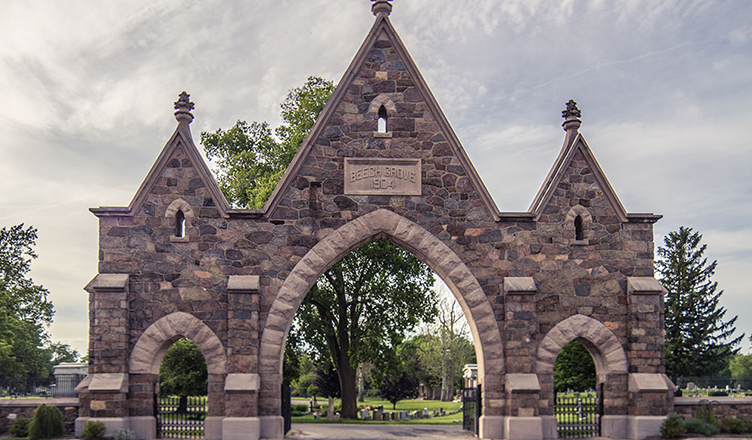
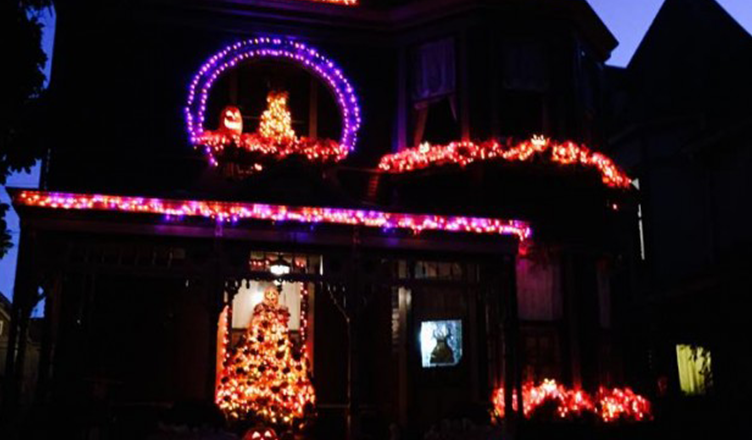
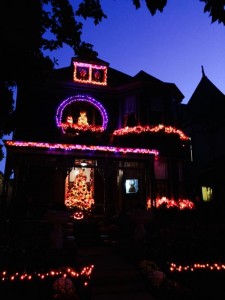 The
The